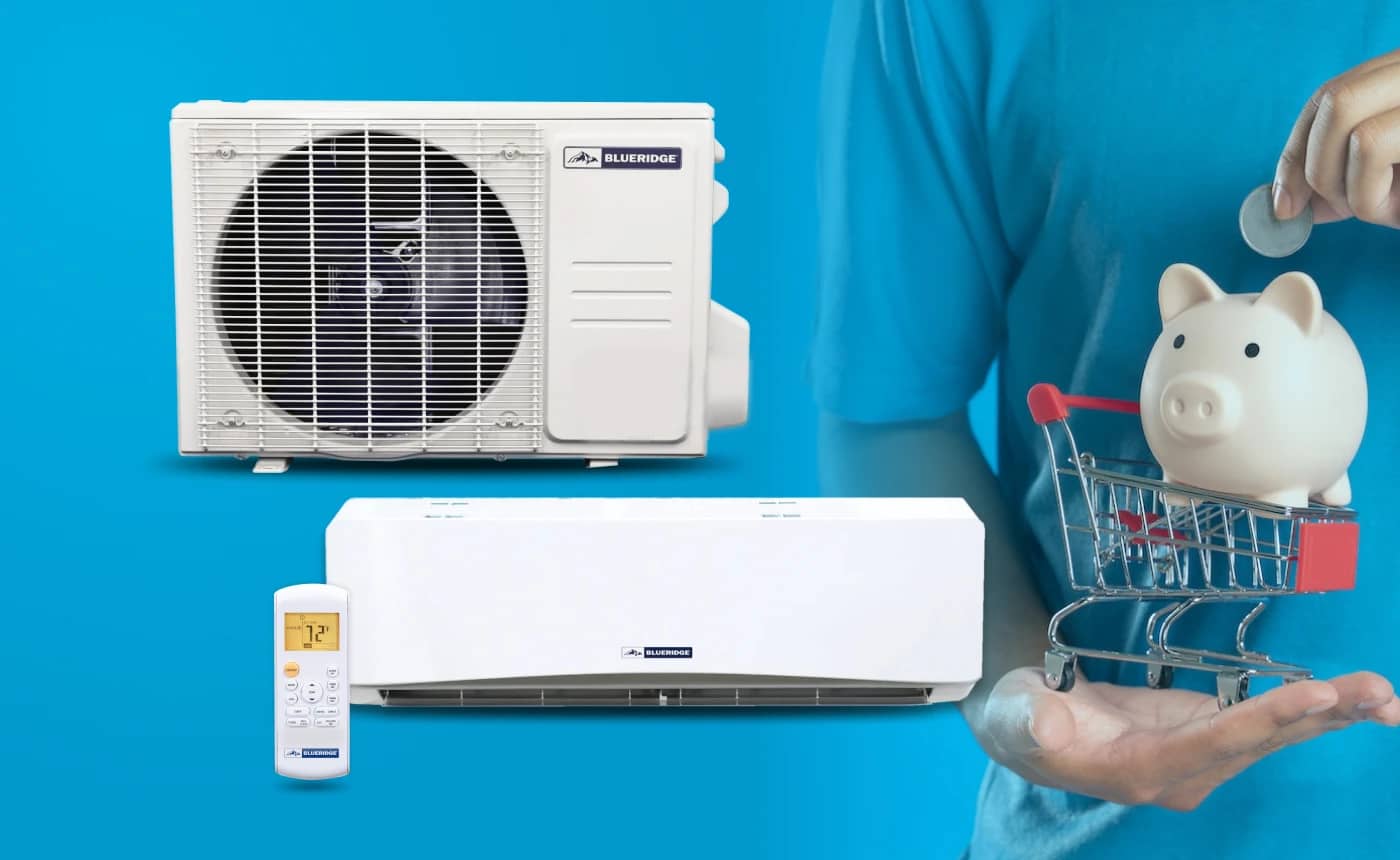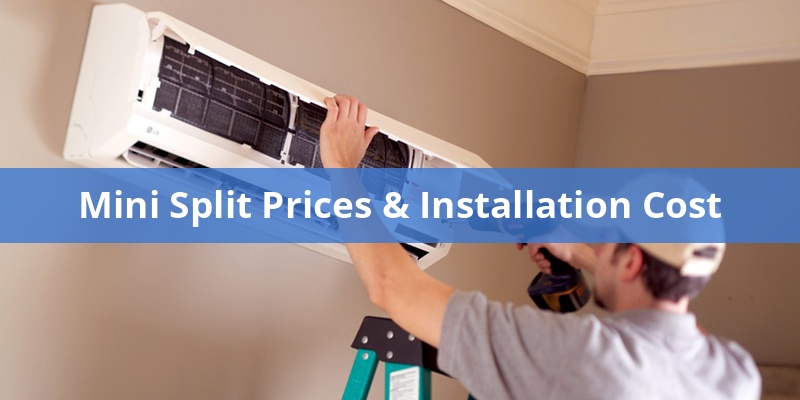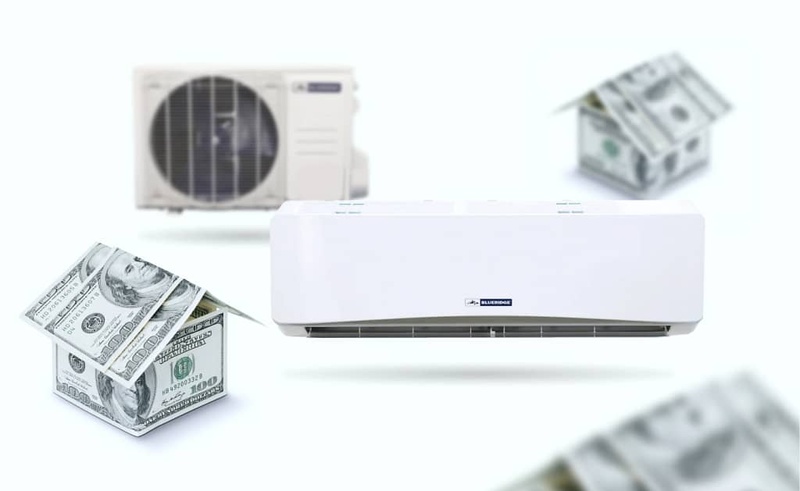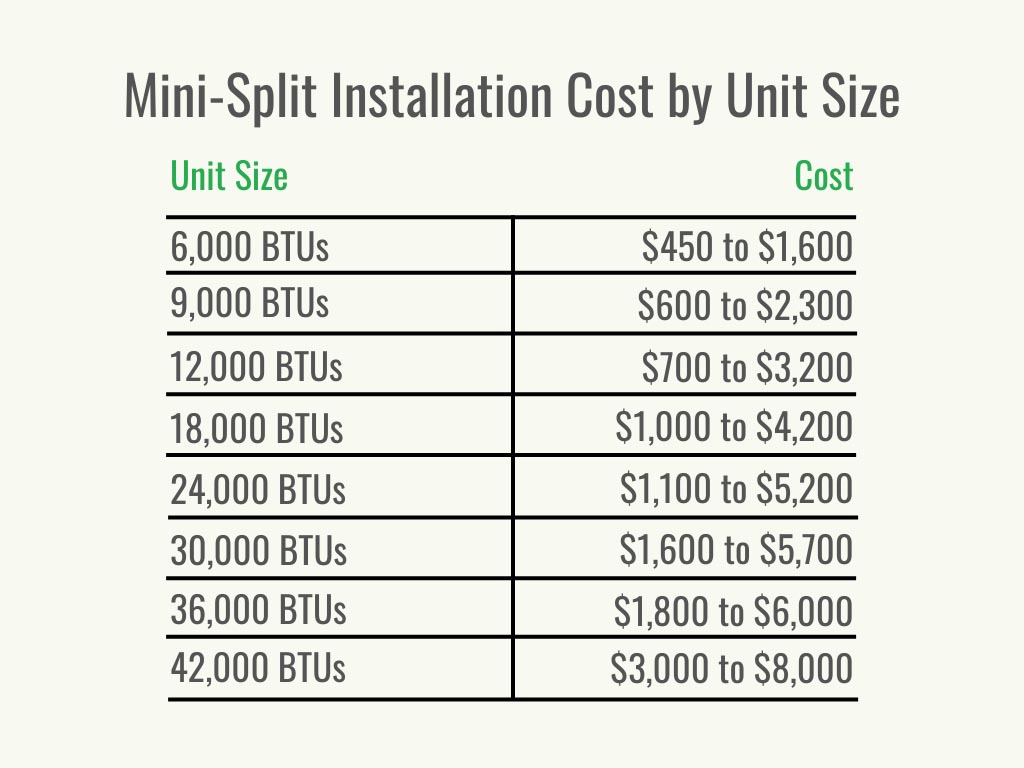Single Zone Mini Split Installation Cost

Understanding the cost of a single-zone mini-split installation can feel overwhelming. This guide breaks down the various factors influencing the price, helping you budget effectively and avoid surprises.
What is a Single-Zone Mini-Split?
A single-zone mini-split system is a ductless air conditioning and heating solution designed to condition a single room or area. Unlike central AC, it doesn't rely on a network of ducts to distribute air. Instead, it consists of two main components:
- Indoor Unit (Air Handler): This unit mounts on a wall or ceiling inside the room you want to heat or cool. It blows conditioned air into the space.
- Outdoor Unit (Condenser): This unit sits outside your home and contains the compressor and other components that handle the cooling and heating process.
These two units are connected by a conduit that houses the refrigerant lines, power cable, and drain line. Think of refrigerant as the "blood" of your AC system, carrying heat from inside to outside (when cooling) or outside to inside (when heating).
Factors Influencing Installation Costs
Several key factors determine the final cost of your single-zone mini-split installation. Understanding these factors is crucial for accurate budgeting.
1. Unit Size and BTUs (British Thermal Units)
The size of the unit, measured in BTUs, is the primary cost driver. BTU rating indicates the cooling and heating capacity of the unit. A larger room requires a higher BTU rating. Getting the right size is essential for efficient operation and comfort. An undersized unit will struggle to cool or heat effectively, while an oversized unit can lead to short cycling and higher energy bills.
Rule of Thumb: A general guideline is to use 20 BTUs per square foot, but this can vary depending on factors like insulation, window size, and sun exposure. It's always best to consult with a professional to determine the appropriate BTU rating for your specific space.
2. Unit Brand and Model
Different brands and models of mini-split systems offer varying levels of features, efficiency, and quality. Established brands with a reputation for reliability often come at a higher price point. Features like smart controls, enhanced filtration, and advanced inverter technology can also increase the cost. Consider your priorities – are you looking for the most energy-efficient option, the most budget-friendly, or something in between?
3. Installation Complexity
The complexity of the installation significantly impacts labor costs. Factors that can increase complexity include:
- Distance Between Indoor and Outdoor Units: Longer distances require more refrigerant lines and potentially more labor.
- Wall Material: Drilling through concrete or brick is more challenging (and time-consuming) than drilling through drywall.
- Accessibility: Difficult access to the installation location can increase labor time. This includes tight spaces, high ceilings, or challenging outdoor terrain.
- Electrical Work: If your electrical panel needs upgrades to accommodate the new mini-split, this will add to the overall cost.
4. Labor Costs
Labor costs vary depending on your location and the experience of the installer. Getting multiple quotes from qualified HVAC technicians is essential to ensure you're getting a fair price. Ask for a detailed breakdown of the labor costs to understand what you're paying for.
5. Permits and Inspections
Depending on your local regulations, you may need permits for the installation and inspections to ensure the work meets code. These fees can add to the overall cost, but they are necessary to ensure safety and compliance.
6. Electrical Upgrades
Mini-split systems require a dedicated electrical circuit. If your existing electrical panel doesn't have the capacity, you'll need to upgrade it. This can be a significant expense, but it's a crucial safety requirement.
7. Optional Features and Accessories
Consider optional features like:
- Smart Thermostats: For remote control and energy monitoring.
- Condenser Pads: To elevate the outdoor unit and protect it from the elements.
- Line Set Covers: To conceal and protect the refrigerant lines.
These add-ons can enhance the functionality and aesthetics of your system but will also increase the overall cost.
Estimating the Cost: A Range
Giving an exact cost for a single-zone mini-split installation is difficult without knowing the specific details of your situation. However, here's a general cost range to give you a starting point:
Typical Range: $3,000 - $8,000
This range includes the cost of the unit itself, labor, and basic installation materials. More complex installations, larger units, and higher-end brands will fall at the higher end of the range. Cheaper units and easy installation may be at the lower end.
Breaking Down the Cost: A Hypothetical Example
Let's consider a hypothetical example to illustrate how the costs break down:
Scenario: Installing a 12,000 BTU mini-split in a bedroom with standard wall construction.
- Unit Cost: $1,200 - $2,500 (depending on brand and features)
- Installation Labor: $800 - $1,500 (depending on complexity and location)
- Materials (Refrigerant Lines, Wiring, etc.): $200 - $400
- Permits and Inspections: $100 - $300 (if required)
- Electrical Work (New Circuit): $300 - $800 (if required)
Total Estimated Cost: $2,600 - $5,500
This is just an example. Your actual costs may vary significantly.
Ways to Save Money on Installation
While installing a mini-split involves a significant investment, there are ways to potentially save money:
- Get Multiple Quotes: Compare prices from several qualified HVAC contractors. Don't automatically go with the cheapest quote; consider the contractor's experience and reputation.
- Look for Rebates and Incentives: Many utility companies and government agencies offer rebates for energy-efficient appliances, including mini-split systems. Research available programs in your area.
- Consider a DIY Installation (With Caution): While it's possible to install a mini-split yourself, it's generally not recommended unless you have significant HVAC experience and are comfortable working with electrical wiring and refrigerant lines. Improper installation can void the warranty and potentially lead to safety hazards. *If in doubt, hire a professional.*
- Choose the Right Size Unit: Don't overspend on a unit that's too large for your needs. A properly sized unit will operate more efficiently and save you money in the long run.
- Prepare the Installation Site: Clearing the area around the installation location can save the installer time and potentially reduce labor costs.
Choosing the Right Installer
Selecting a qualified and experienced installer is crucial for a successful and safe mini-split installation. Look for:
- Licensing and Insurance: Ensure the installer is properly licensed and insured in your area.
- Experience: Ask about their experience installing mini-split systems. Ideally, choose a contractor who specializes in ductless systems.
- References: Ask for references from previous customers and check online reviews.
- Detailed Quote: Get a written quote that clearly outlines the scope of work, materials, and labor costs.
- Warranty: Inquire about the warranty on both the unit and the installation work.
Long-Term Cost Considerations
While the initial installation cost is a significant factor, it's also important to consider the long-term costs of owning a mini-split system:
- Energy Efficiency: Mini-split systems are generally more energy-efficient than traditional window units or baseboard heaters. This can lead to significant savings on your energy bills over time. Look for models with high SEER (Seasonal Energy Efficiency Ratio) and HSPF (Heating Seasonal Performance Factor) ratings.
- Maintenance: Regular maintenance, such as cleaning the filters and coils, is essential for maintaining optimal performance and extending the life of your system.
- Repairs: Like any mechanical system, mini-splits can require repairs over time. Factor in the potential cost of repairs when budgeting for your system.
Conclusion
Investing in a single-zone mini-split system can provide efficient and effective heating and cooling for a single room or area. By understanding the factors influencing installation costs, getting multiple quotes, and choosing a qualified installer, you can make an informed decision and enjoy the benefits of a comfortable and energy-efficient home. *Always consult with professionals for personalized advice and accurate cost estimates.*










